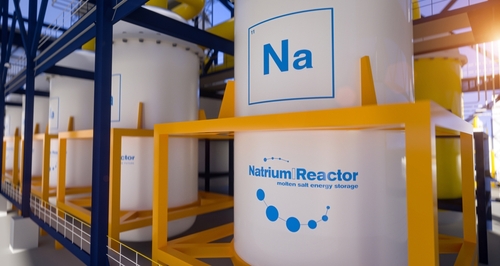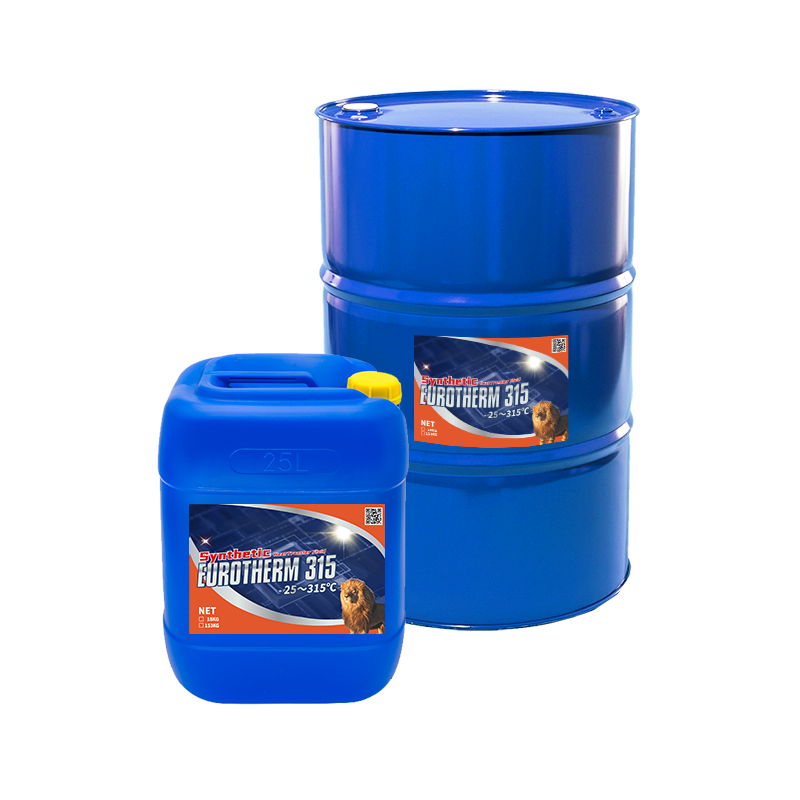Heat Transfer Fluid 101: What You Need to Know for Reliable Efficiency
Warm transfer liquids play an essential duty in keeping efficiency and reliability within different industrial systems, yet their choice and administration are usually overlooked. As we explore the foundational elements of heat transfer fluids, it becomes clear that the implications for system efficiency and equipment longevity warrant careful consideration.
Significance of Heat Transfer Fluids
Heat transfer fluids play an essential role in various industrial procedures by helping with the efficient transfer of thermal energy. These fluids are essential in applications such as home heating, temperature, and cooling policy, where maintaining precise thermal conditions is crucial for operational performance and safety and security. By improving the thermal conductivity and stability of systems, warmth transfer liquids contribute considerably to energy savings and procedure optimization.
The choice of suitable warmth transfer liquids can directly influence the efficiency and reliability of tools (silicone oil). For instance, in power generation and production, these fluids assist in warmth healing, improving total system effectiveness. In addition, warm transfer liquids assist to stop getting too hot and thermal deterioration of equipment, consequently prolonging the lifespan of devices and minimizing downtime
In addition, the option of warmth transfer liquid influences ecological sustainability, as some fluids are created to be more environmentally pleasant than typical options. This change towards sustainable choices aligns with worldwide initiatives to decrease carbon impacts and promote greener commercial techniques.
Kinds Of Heat Transfer Fluids
Selecting the appropriate sort of warm transfer liquid is crucial for enhancing thermal monitoring in different applications. Warmth transfer liquids can be extensively classified into a number of kinds, each matched for specific operational conditions and needs.

Another category consists of cooling agents, which are designed for cooling down applications. These liquids operate effectively at reduced temperature levels and pressures, making them perfect for refrigeration and cooling systems. Glycol-based liquids are also preferred, particularly in systems where cold is a worry, as they offer antifreeze residential properties while maintaining reasonable warmth transfer abilities.
In industrial applications, liquified salts are employed for their high thermal ability and ability to operate at raised temperatures, making them ideal for solar thermal energy systems. Inevitably, the choice of warm transfer liquid should straighten with the particular thermal needs, operating problems, and desired system effectiveness.
Trick Quality to Consider

When choosing a warmth transfer fluid, recognizing the essential buildings that influence efficiency is important. Numerous variables have to be reviewed to make certain optimum effectiveness and durability in the application's functional setting.
First of all, thermal conductivity is vital, as it figures out the fluid's ability to move warmth. Greater thermal conductivity usually results in improved warmth transfer effectiveness. Secondly, the specific warmth capability indicates how much power a fluid can store per device mass, affecting its capability to release and absorb warmth.
Thickness is another vital building, as it impacts the fluid's circulation characteristics and, subsequently, the system's effectiveness. Reduced viscosity at running temperatures is preferable for decreased pumping power and enhanced blood circulation. Furthermore, the fluid's temperature level stability and boiling factor are crucial; a greater boiling factor is essential for high-temperature applications to prevent vaporization.
Lastly, chemical stability and compatibility with system products are vital to prevent destruction and maintain system stability over time. Comprehending these key residential properties makes it possible for engineers and drivers to select one of the most suitable heat transfer liquid for their details applications, making certain reliable and reliable performance.
Finest Practices for Usage
In order to make best use of the efficiency and durability of a warm transfer fluid system, adhering to finest techniques for use is essential - propylene glycol. It is critical to select the appropriate heat transfer fluid based on the system's operational temperature level array and specific application needs. Regularly keeping track of the fluid's homes, such as viscosity, thermal conductivity, and pH levels, ensures optimal efficiency and can protect against pricey malfunctions
Correct system style is likewise important; guaranteeing that parts are suitable with the chosen fluid decreases the threat of deterioration. Preserve an effective purification system to get rid of particulates and pollutants that can impair heat transfer performance. Moreover, preserving the fluid at advised fill levels reduces the risk of getting too hot and cavitation.
Routine upkeep must include examining for leaks and changing the fluid as needed, as thermal deterioration can occur over time. Furthermore, training workers on secure handling and procedure decreases threats related to heat transfer liquids. Creating an extensive record-keeping system to track liquid usage and upkeep tasks improves system integrity and performance. By applying these best techniques, operators can make sure efficient and trustworthy warmth transfer fluid procedures.
Troubleshooting Common Issues
Although heat transfer fluid systems are created for performance, drivers may encounter different problems that can influence efficiency. Usual problems include fluid deterioration, leakages, and inappropriate liquid degrees.
Liquid degradation frequently happens because of thermal malfunction or oxidation, bring about the development of sludge and varnish that can obstruct systems. official source Frequently checking liquid problem and sticking to supplier guidelines for substitute can minimize this concern.
Leak is an additional constant worry, which can occur from worn seals, damaged pipes, or loose installations. It is crucial to conduct routine inspections and upkeep to identify and rectify leaks immediately, protecting against fluid loss and system ineffectiveness.
Incorrect fluid levels can arise from evaporation or leaks, bring about reduced warmth transfer effectiveness. Operators ought to routinely inspect liquid levels and make certain that the system is appropriately filled up to keep ideal performance.
Furthermore, temperature variations can suggest blood circulation concerns or pump failures. Surveillance system temperatures and stress can help detect these troubles early, helping with prompt interventions.
Final Thought


In verdict, the selection and upkeep of heat transfer liquids are crucial for making certain reputable efficiency in various commercial applications. Understanding the value, kinds, and essential buildings of these reference fluids, together with implementing finest techniques, can significantly improve thermal efficiency and expand tools life expectancy.
Warm transfer liquids play an important function in maintaining performance and dependability within numerous industrial systems, yet their choice and administration are often neglected.Warm transfer liquids play a crucial function in different commercial procedures by facilitating the efficient transfer of thermal energy. By improving the thermal conductivity and security of systems, warm transfer liquids add dramatically to energy savings and process optimization.
Water is the most common warm transfer fluid, favored for its high warm capability and cost-effectiveness. The certain warm capability suggests exactly how much power a liquid can keep per visit site system mass, influencing its capability to release and absorb heat.